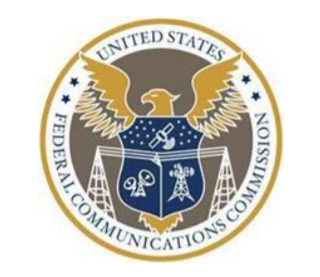The FCC on Thursday voted to launch a discussion on how to potentially build on and look beyond the agency’s existing offshore spectrum policies to future needs and technologies. With wind turbine projects, cruise ships, oceanography, and other offshore projects possibly benefiting from increased spectrum access and updated spectrum management guidelines, the Commission will begin gathering information on the possible impacts of offshore wireless spectrum use.
FCC Commissioner Geoffrey Starks said: “From the inception of cellular licensing way back in the 1980s, the Commission has had a framework in place for bringing wireless connectivity to offshore platforms drilling in the Gulf of Mexico. The time has come to explore solutions that also work for offshore renewables—in the Gulf, on the Atlantic seaboard, off the West Coast, and wherever else the oceans take us.”
Commissioner Nathan Simington said he’s pleased that the inquiry looks at how the Commission can foster private networks. “It’s important that the FCC stay ahead of the curve in its consideration of upcoming spectrum needs and this item does just that,” he said during the 4-0 vote.
FCC Chairwoman Jessica Rosenworcel took a broad view, noting: “In the past, most of our efforts to provide access to spectrum have stopped at our shorelines. But we know there are a lot of industrial, scientific, and recreational endeavors that could benefit from greater access to spectrum offshore. So we are taking steps to facilitate more of this kind of activity with an inquiry that asks broad questions about the kind of offshore operations that may require access to airwaves, the right combination of spectrum bands for these uses, and creative licensed and unlicensed ideas for assigning these rights.”
The Commission asks for comment on different spectrum rights models such as shared, tiered, and primary rights structures, and what potential initial license assignment mechanisms for offshore operations might work best. The agency also wants input on which spectrum bands might best meet offshore spectrum needs, how to protect any incumbents in those bands, and what has and hasn’t worked in other countries.
It seeks input on how far from land demand exists for wireless operations and if potential wireless infrastructure would be fixed, drifting in the water, airborne, or deployed in another way. For wind farms, the agency wants to know how spectrum might be useful for testing, daily operations, maintenance, communications with ships and the shore, and communications between offshore operations.
By Leslie Stimson, Inside Towers Washington Bureau Chief





Reader Interactions